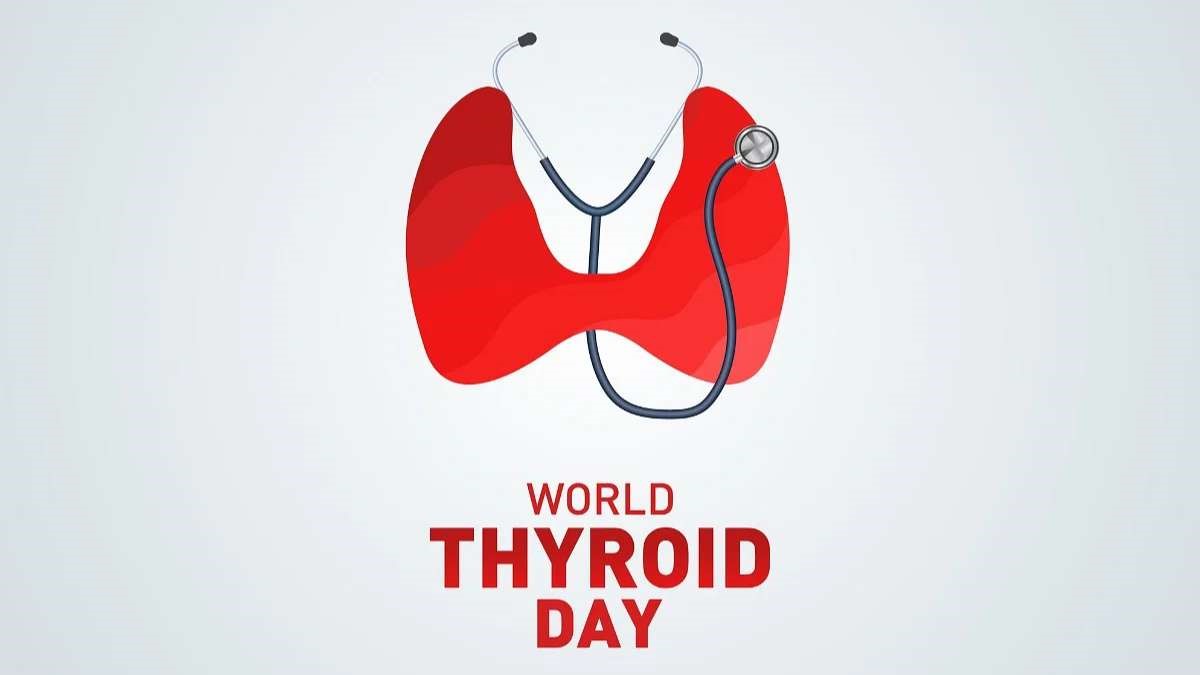Free Courses Sale ends Soon, Get It Now


Free Courses Sale ends Soon, Get It Now



Source: IndiaTVNews
Disclaimer: Copyright infringement not intended.
Context
Details
Theme for 2024
History
About Thyroid Gland
Anatomy of the Thyroid Gland
Physiology of the Thyroid Gland
Functions of Thyroid Hormones
Common Thyroid Disorders
Sources:
|
PRACTICE QUESTION Q. Consider the following statements about the thyroid gland:
Which of the above statements is/are correct? a) 1 and 2 only Answer: c) |
© 2024 iasgyan. All right reserved